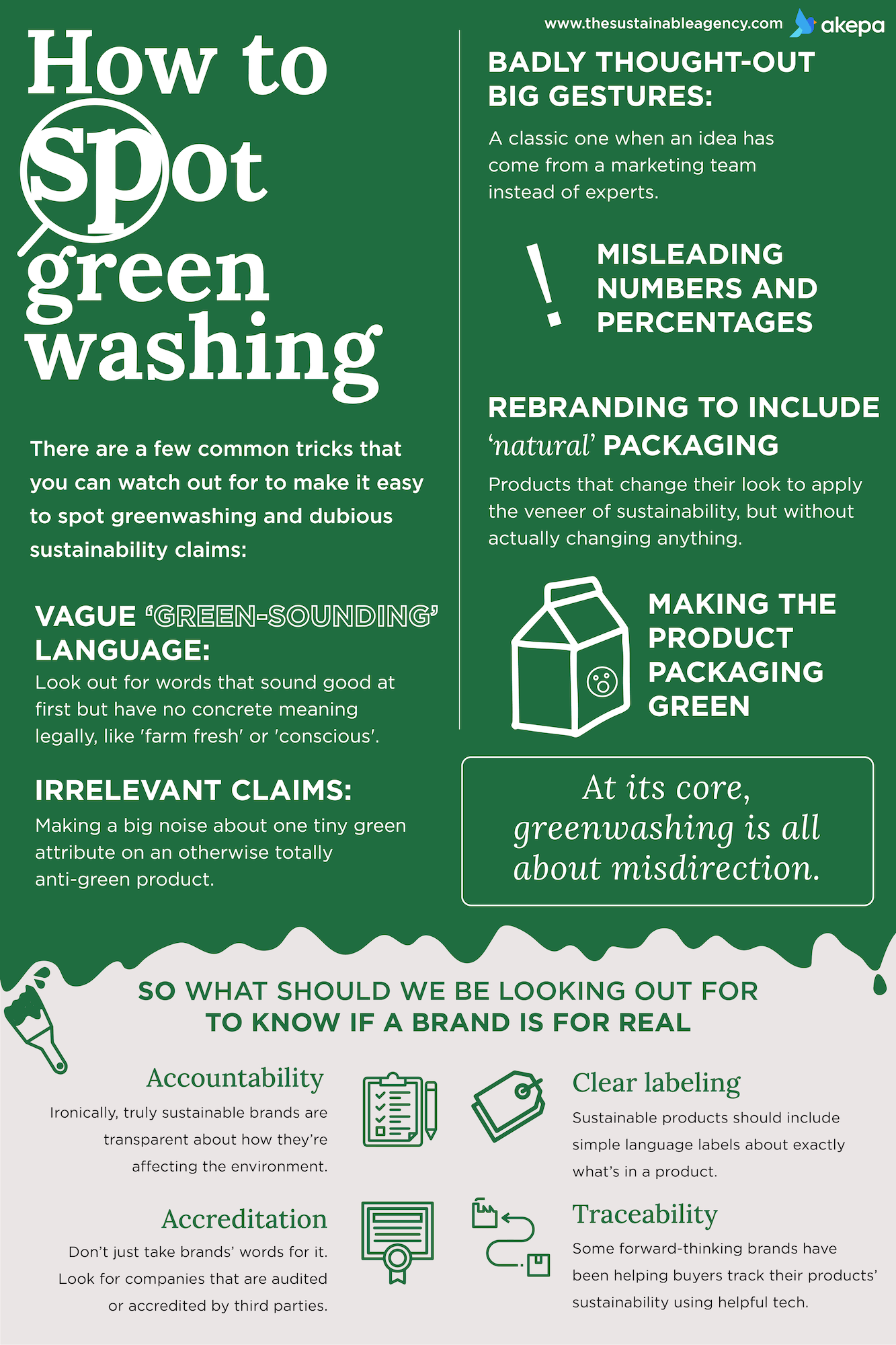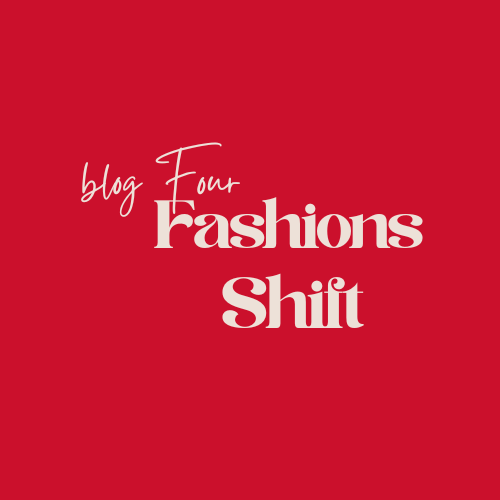Fashion’s Shift Toward Sustainability and Responsibility
Open your closet, and you might see labels like eco, organic, or conscious collection—but how much of that is truth, and how much is marketing?
Sustainability in fashion isn’t just about using organic cotton. It’s a story that spans continents, generations, and entire supply chains—from farms and factories to your doorstep.
Lets take a look and unpack what sustainability really means in 2025: how it changes across generations, where the industry struggles with transparency.
Sustainable fashion begins with mindful choices—from fabrics to the people behind the seams.
Image via Pexels
1. Sustainability by Generation: Shifting Values in Style
Sustainability is not a one size fits all idea—it looks different across generations.
Gen Z and Millennials: The Change-Makers
These younger shoppers are vocal about climate change and expect brands to prove their claims.
They prefer resale platforms, upcycling, and vintage shopping over fast fashion. Depop, Poshmark, and The RealReal have become Gen Z’s go-to shopping destinations. Many are willing to pay more for eco-friendly options if the story feels authentic.
Gen X and Boomers: The Timeless Approach
Older consumers often prioritize quality and longevity—buying fewer, better-made items. An example is Patagonia, it is popular among this group for their emphasis on timeless design and garment repair programs.They are less likely to engage in activism but still value durability, repair, and timeless design.
A Generational Chain Reaction
When Gen Z demands transparency, brands evolve, and their parents start to notice. Sustainability, once a niche trend, is now a multigenerational expectation influencing marketing, manufacturing, and even pricing.
Stats representing how generations see the importance of sustainability.
Image via Agility PR Solutions
2. From Farm to Closet: The Fashion Supply Chain
Sustainability can’t exist without accountability. Each step of the fashion supply chain—from raw material sourcing to last-mile shipping—has an environmental and ethical footprint.
6 factors showing supply chain sustainability:
Risk management
Operations
Reputation
Costs
Shareholder value
Human resources
The 6 important factors showing supply chain sustainability.
Image via Substainalytics
Farming & Raw Materials
Cotton: One of the world’s thirstiest crops. Organic cotton reduces chemical runoff and preserves biodiversity. Levi’s is known for investing organic and regenerative cotton initiatives.
Animal welfare: Ethical sourcing of wool, leather, and silk involves humane treatment, regenerative grazing, and animal-free innovations (like mushroom or pineapple leather). Recently, we have seen brands like Gucci and Hermes leading these changes.
Innovation spotlight: Lab-grown textiles and recycled fibers are reducing reliance on virgin resources.
Manufacturing & Labor
Water and energy use: Dyeing and finishing are among fashion’s most polluting processes.
Human cost: Millions of garment workers face long hours, low wages, and unsafe conditions.
Sustainability solution: Transparent supply chains and third-party audits can help ensure ethical labor and environmental compliance.
Transportation & Logistics
The average t-shirt can travel through five or more countries before it’s sold.
Cargo ships, trucks, and planes emit significant CO₂.
Brands now invest in sustainable logistics—using biofuels, optimizing routes, and consolidating shipments.
Last-Mile Delivery
The last leg of shipping, getting your order to your doorstep—produces surprisingly high emissions. Returns make it worse: many “returned” clothes never make it back to shelves.
Sustainable fix: Encourage local pickup points, carbon-offset programs, and smarter return systems!!!!!
End of Life: Where Clothes Go After You’re Done
Fast fashion waste: Around 85% of textiles end up in landfills each year.
Circular design: Brands are now designing for repair, resale, and recycling.
Consumer role: Buying less, choosing well, and extending garment life can dramatically reduce impact.
6 characteristics of sustainable supply chains
Image via Chatgpt
3. Greenwashing: When Fashion’s Promises Go Too Far
“Greenwashing” happens when brands exaggerate their sustainability efforts for marketing appeal—without real proof.
Common Examples of Greenwashing
Using vague terms like “eco” or “conscious” without certification (like H&M’s “Conscious” line, which has been criticized for lack of transparency). Promoting a small “sustainable line” while 90% of production remains unchanged.
Highlighting recycled packaging instead of addressing harmful production.
Why It Matters:
Greenwashing damages trust. As consumers grow more aware, false claims can backfire, hurting both brand reputation and future sales. A tip is to always look for transparency reports, third party verifications, and public date on materials and factories.
A few more tips on how to spot greenwashing.
Image via Akepa
5. Ecolabels and Digital Product Passports: Transparency for the Future
Ecolabels You Should Know
GOTS (Global Organic Textile Standard): Verifies organic fibers and ethical production.
OEKO-TEX Standard 100: Tests textiles for harmful substances.
Bluesign®: Focuses on chemical safety and clean production.
Fair Trade Certified: Ensures fair labor practices.
However, not all eco labels are equal. Some have stricter standards than others, and consumers must look beyond logos to understand what’s actually being certified.
Some examples of eco labels.
Image via Rural Handmade
Digital Product Passports (DPPs)
In 2025, Digital Product Passports are transforming transparency in fashion. Using QR codes or digital chips, these “smart tags” store verified data on:
Material origin
Labor conditions
Water and carbon footprint
Recyclability and repair instructions
Digital Product Passports are part of the European Union’s upcoming Ecodesign for Sustainable Products Regulation (ESPR), which will soon require brands to provide this data for every product sold.
They may be fashion’s best defense against greenwashing—turning claims into traceable facts.
Key information in a digital product passport.
Image via Bluestone PIM
6. What You Can Do as a Consumer
Sustainability starts in your shopping cart.
Buy less, choose better. Quality over quantity extends a garment’s life.
Ask questions. Questions such as: Where was it made? What’s it made from?
Check labels and QR codes. Use Digital Passports or certifications to verify claims.
Support circular fashion. Repair, donate, or resell items to keep them in use.
Hold brands accountable. Transparency grows when consumers demand it.
As a consumer, think about what is actually in your shopping cart!
Image via 123RF
As consumers, let’s make a real change
Fashion’s sustainability story is still being written. From field to fiber, from worker to wearer, every decision shapes the future of this industry.
The good news? Consumers today have more power—and more information—than ever before. By supporting brands that value transparency and ethics, we can help fashion move from fast and disposable to smart and sustainable.
References
Agility PR Solutions. (2024, April 10). Survey: Younger generations driving demand for sustainable fashion. https://www.agilitypr.com
Akepa. (2023, June 15). How to spot greenwashing in fashion marketing. https://www.akepa.com
Bluestone PIM. (2024, November 2). Digital product passports and the future of fashion transparency. https://www.bluestonepim.com
ChatGPT. (2025). Six characteristics of sustainable supply chains [Large language model output]. OpenAI. https://chat.openai.com
Depop. (2024). Circular fashion and resale trends among Gen Z. https://www.depop.com
European Commission. (2025). Ecodesign for Sustainable Products Regulation (ESPR): Factsheet. https://environment.ec.europa.eu
Gucci. (2024). Gucci’s Demetra: A new generation of eco-friendly leather alternative. https://www.gucci.com
Hermès International. (2024). Sustainable innovation: Mycelium leather and future materials. https://www.hermes.com
H&M Group. (2023). H&M Conscious Collection controversy explained. The Guardian. https://www.theguardian.com/fashion
Levi Strauss & Co. (2023). Our sustainability strategy: Water<Less® and regenerative cotton initiatives. https://www.levistrauss.com
Patagonia. (2023). Worn Wear: Repair and reuse program. https://www.patagonia.com
Pexels. (n.d.). Sustainable fashion begins with mindful choices [Photograph]. https://www.pexels.com
Poshmark. (2024). Resale, sustainability, and consumer behavior. https://www.poshmark.com
Rural Handmade. (2024). Understanding ecolabels in sustainable production. https://www.ruralhandmade.com
Sustainalytics. (2023). ESG risk ratings: The textile and apparel industry. https://www.sustainalytics.com
The RealReal. (2024). 2024 resale report: Luxury, longevity, and circular fashion. https://www.therealreal.com
123RF. (n.d.). As a consumer, think about what is actually in your shopping cart! [Photograph]. https://www.123rf.com
Image by Alexandra Oakland via Canva









